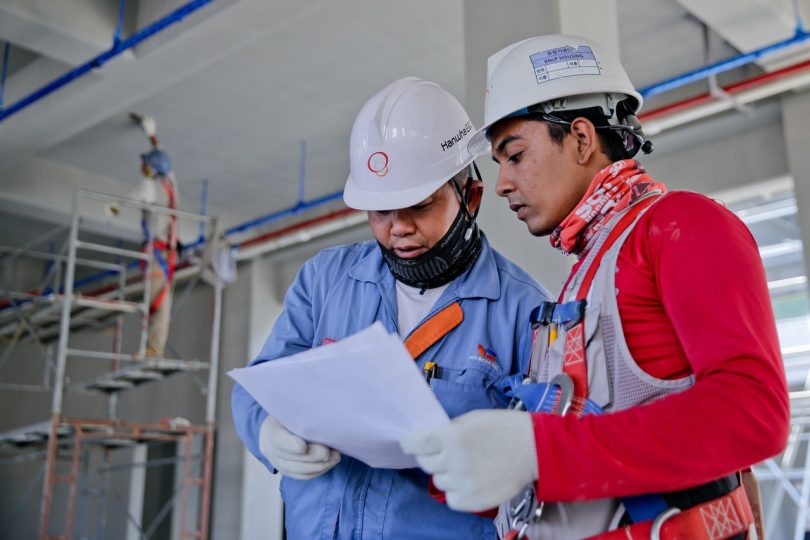Working outside comes with a range of risks, whether it’s in construction or gardening. With your concentration on the jobs at hand, a number of things could take you by surprise. That’s why industrial workwear and safety go hand in hand. Manufacturers use special materials and techniques to create these clothes, so they can protect you from cuts, burns, electrocution and even just bad weather. Different projects may demand different care, but here are some basic facts regarding secure workwear.
How Clothes Can Protect
Industrial equipment is typically made to be strong, durable and as simple to use as possible, which applies to garments too. UK regulations on outdoor workwear are firm about employers’ responsibility to provide them. These could include jackets, heavy-duty gloves, slip-resistant shoes, ear protection and more. If you’re an industrial worker, knowing what gear and textile protection are right for which projects gives you confidence on the job.
For example, what protective clothing is needed in arc welding? This task produces sparks, loud noises, and debris to say the least, so a worker would need protection from all of these. A welding helmet or goggles are essential, as well as thick, insulated and flame-resistant clothes, not to mention earmuffs. You can’t be too careful when dealing with volatile factors like electricity, which is why manufacturers today go above and beyond to create safe, reliable and comfortable workwear.
Things get doubly impressive when exploring the technology that goes into gear tailored to open-air demands. Elements such as the sun’s rays often have a major impact and workers need to wear the right kit to protect themselves. engelbert strauss affirms that, when doing heavy-duty work, it’s always better to be safe and protected. Accordingly, they have an array of workplace products that can keep you safe from UV rays, heat and debris better than they ever could in the past. How does sun-protective clothing work? Modern designs of the good old cap can provide shade for the individual wearing them. High-tech cooling solutions are even used in textiles to fight off heat and moisture. And there are, of course, garments that do the opposite – keep you warm and in working order.
Industrial Workwear and Safety Management
Health and safety is of prime interest to the UK business market and appropriate workwear plays a key part in it. Employers are clearly taking note as more and more local manufacturers are celebrating boosts in revenues for the past few years. According to business live’s report on a Durham-based company, recruiting new customers, investing in quality equipment and managing the business, including its products, with care did the trick.
Manufacturer, employer, worker; all have a responsibility to ensure the gear and garments are intact. A flaw could be anything from a tear to a wrong size or design that leaves skin exposed. If something like this occurs, how do you repair outdoor clothing? Needle and thread or a professional service are viable options. However, turning to better providers is always on the table, if your budget allows it.
There are many factors to consider regarding garments for working outside securely. The employee’s job. The business and its finances. The type of gear or materials suited for the project. At the end of the day, it’s good to know the variety of options that exist and the increased interest in workers’ wellbeing.









